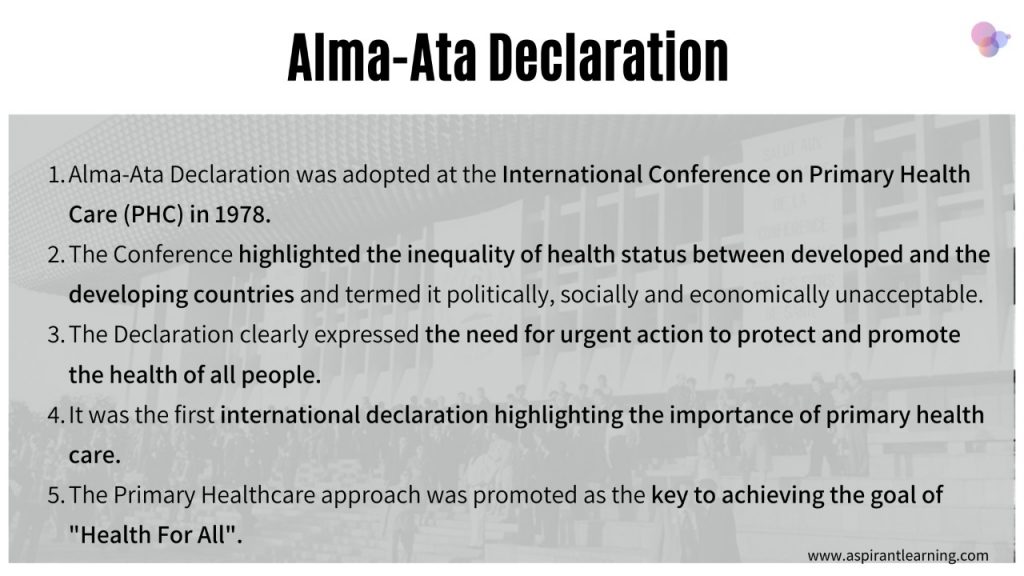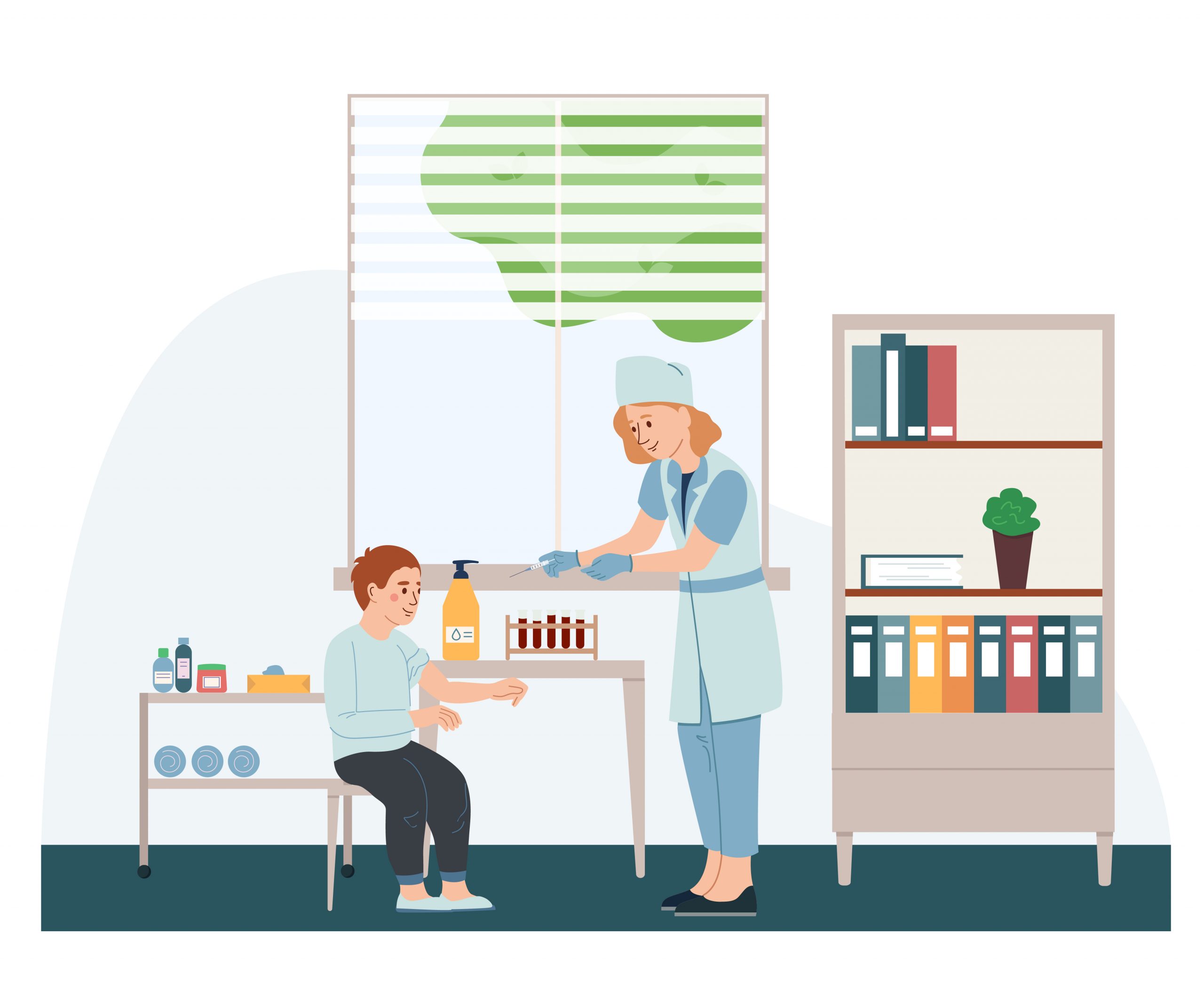News Highlights:
- Rural folks healthcare: Recently, the Supreme Court emphasised the government is duty-bound to enhance access to healthcare in rural areas, and qualified doctors should be appointed to take care of the rural population.
- The court said that people in rural areas have the right to equal healthcare facilities
Key takeaway:
- The court passed the observation while setting aside the Assam Rural Health Regulatory Authority Act of 2004, which allowed diploma holders to treat certain diseases.
- The court held that a state legislature has no legislative competence to enact a law concerning modern medicine or allopathic medicine contrary to standards determined by central law.
Key Observation of Supreme court:
- Beyond the powers:
- The top court’s judgment came on an appeal against the Gauhati High Court order, struck down the Assam Rural Health Regulatory Authority Act, 2004, on the ground that it was beyond the powers of the Indian Medical Council Act, 1956 as well as unconstitutional.
- The Assam government introduced a three-year diploma course to address the issue of the shortage of qualified medical professionals by producing a cadre of doctors allowed to practice modern medicine to a minimal extent.
- Discrimination between rural and urban:
- The Indian Medical Association (IMA) argued that the Assam Act discriminates between patients living in rural areas and those living in urban areas.
- Implying that the persons who live in urban areas are entitled to standard treatment, and those who live in rural areas are entitled to sub-standard treatment.
- The court held that the citizens residing in rural areas have an equal right to access healthcare services by duly qualified staff. Policies for enhancing access to rural healthcare must not short-change the citizens residing in rural areas or subject them to direct or indirect forms of unfair discrimination based on their place of birth or residence.

Rural Health Care System in India:( a three-tier system ):
- Sub-Centres (SCs):
- The Sub-Centre is the most peripheral and first contact point between the primary health care system and the community.
- Each Sub-Centre is required to be manned by at least one Auxiliary Nurse Midwife (ANM) / Female Health Worker and one Male Health Worker
- Sub Centres are assigned tasks relating to interpersonal communication to bring about behavioural change and provide services in relation to maternal and child health, family welfare, nutrition, immunisation, diarrhoea control and control of infectious diseases programmes.
- Primary Health Centre (PHC):
- PHC is the first contact point between the village community and the medical officer.
- The PHCs were envisaged to provide integrated curative and preventive health care to the rural population, emphasising preventive and promotive aspects of health care.
- The PHCs are established and maintained by the State governments under the Minimum Needs Programme (MNP)/ Basic Minimum Services (BMS) Programme.
- It is a Referral Unit for 6 Sub Centres, 4-6 beds manned with a Medical Officer in charge and 14 subordinate paramedical staff.
- Community Health Centres (CHCs):
- CHCs are being established and maintained by the State government under MNP/BMS programme.
- As per minimum norms, a CHC must be manned by four medical specialists, i.e. surgeon, physician, gynaecologist and paediatrician, supported by 21 paramedical and other staff. It has 30 in-door beds with one OT, X-ray, labour room and laboratory facilities.
- It serves as a referral centre for 4 PHCs and provides facilities for obstetric care and specialist consultations.
Constraints in the Rural Healthcare system:
- lack of adequate infrastructure:
- The biggest concern for the rural healthcare system is the lack of adequate infrastructure.
- The existing healthcare centres in rural areas are under-financed, use below-quality equipment, are low in supply of medicines and lack qualified and dedicated human resources.
- Underdeveloped roads, railway systems, and poor power supply are some of the major disadvantages that make setting up a rural healthcare facility difficult.
- Nurse-Doctor numbers:
- Patient and Nurse-Doctor Ratio – Both these ratios contribute collectively to the inadequacy of the rural healthcare system.
- Every doctor needs a nurse to cater to their patients.
- The rural healthcare infrastructure is three-tiered and includes a sub-centre, a PHC and a CHC. PHCs are short of more than 3,000 doctors, with the shortage up by 200% over the last 10 years to 27,421, as per a report by India Spend.
- A patient is not always treated on time in rural India since fewer doctors are.
- Healthcare Insurance:
- People cannot afford the premier health services when visiting private hospitals.
- Advanced technological advancements have also made healthcare costly.
- The cost of diagnostic facilities is also going up.
- Along with that, there are commissioned charges that most people don’t understand.
- Lack of Awareness:
- Awareness about proper healthcare is insufficient in India.
- Proper education on fundamental issues like the importance of sanitation, health, nutrition, hygiene and on, and healthcare policies, the importance of medical services, their rights, financial support options, and the need for proper waste disposal facilities.
- It is essential to teach health-seeking behaviour to them.
- Access to Medical Stores:
- Medicines are often unavailable in rural areas.
- The supply of essential medicine is irregular in rural areas.
- The fair price shops (PPP model) are located in tertiary and secondary care hospitals. These fair-price shops charge differently in different locations.
- Discounts vary from 50% to 70% by the same provider on the same medicine.
Significance of rural health infrastructure:
- Rural health networks will help to treat the diseases at the primary level. Further, it will also help us save a lot of money and the resources being spent at tertiary level health care.
- For instance, if our Sub-HCs work effectively, there will be less pressure on PHCs. If the PHCs function well, then there will be minimal pressure on CHCs and so on.
- It will enable people’s participation in ensuring better functioning of rural health services.
- For example, in case of Haryana, Swasthya Kalyan Samitis, or SKSs were constituted for all CHCs, PHCs.
- It helped health providers to engage with all kinds of rural community organisations (panchayats, gram Sabha, notified area committees, municipal bodies and non-governmental organisations) in minimising the adverse impact of the pandemic on rural life.
Pic Courtesy: Freepik
Content Source: Economic Times



